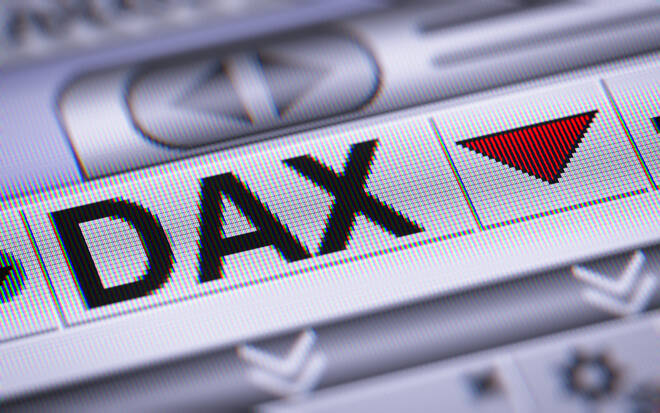Advertisement
Advertisement
European Equities: Economic Data from the Eurozone and the U.S in Focus
By:
It's a busier day ahead on the economic calendar. Stats from the Eurozone and the U.S will provide direction ahead of tomorrow's FOMC policy decision and projections.
French HICP (MoM) (May) Final
Italian CPI (MoM) (May) Final
Eurozone Trade Balance (Apr)
Wednesday, 16th June
Eurozone Wages in euro zone (YoY) (Q1)
Thursday, 17th June
Eurozone Core CPI (YoY) (May) Final
Eurozone CPI (MoM) (May) Final
Eurozone CPI (YoY) (May) Final
The Majors
It was a mixed start to the week for the European majors on Monday.
The CAC40 and the EuroStoxx600 rose by 0.24% and by 0.18% respectively, while the DAX30 slipped by 0.13%.
Better than expected economic data from the Eurozone and hopes of an accommodated FED delivered support on Monday.
While FOMC members have signaled a willingness to begin discussion on tapering, NFP numbers have yet to press for a hasty response.
The market focus early in the week will be on the FED, with the FOMC meeting kicking off later today.
The Stats
In April, industrial production increased by 0.8%, coming in ahead of a forecasted and March 0.4% rise.
According to Eurostat,
- Production of consumer goods rose by 3.4%, energy by 3.2%, capital goods by 1.4%, and intermediate goods by 0.8%.
- Bucking the trend, however, was a 0.3% decline in the production of non-durable consumer goods.
- Belgium (+7.4%), Malta (+5.6%), and Estonia (+4.4%) recorded the largest monthly increases.
- Lithuania registered the largest monthly decrease of 2.4% in the month.
- Compared with April 2020, industrial production was up by 39.3%.
- The production of durable consumer goods was up by 117.3%, year-on-year.
- There were also marked increases in the production of capital goods (+65.4%) and intermediate goods (+38.7%).
- Non-durable consumer goods (+15.4%) and energy (+14.4%) production were up modestly by comparison.
From the U.S
It was a particularly quiet day on the economic calendar, with no material stats to provide direction late in the session.
The Market Movers
For the DAX: It was a bearish day for the auto sector on Monday. Volkswagen and Daimler fell by 0.94% and by 0.97% respectively, with Continental ending the day down by 0.72%. BMW saw a more modest 0.03% loss on the day.
It was a bearish day for the banks, however. Deutsche Bank and Commerzbank ended the day down by 1.44% and 1.38% respectively.
From the CAC, it was a mixed day for the banks. BNP Paribas and Credit Agricole rose by 0.23% and by 0.27% respectively. Soc Gen ended the day flat.
It was also a mixed day for the French auto sector. Stellantis NV ended the day flat, while Renault fell by 0.18%.
Air France-KLM slid by 1.40%, while Airbus SE eked out a 0.04% gain on the day.
On the VIX Index
It was back into the green for the VIX on Monday, marking 4th gain in 8 sessions.
Reversing a 2.80% fall from Friday, the VIX rose by 4.73% to end the day at 16.39.
The Dow fell by 0.25%, while the NASDAQ and the S&P500 ended the day up by 0.74% and by 0.18% respectively.
The Day Ahead
It’s a busier day ahead on the European economic calendar.
Finalized inflation figures for France, Germany, and Italy are due out along with trade data for the Eurozone.
Expect the Eurozone’s trade data for April to draw the greatest interest.
From the U.S, it’s a busy day ahead, with NY Empire State Manufacturing Index, wholesale inflation, and retail sales figures the key stats of the day.
Industrial production and inventory numbers are also due out but should have a muted impact on the majors.
Away from the economic calendar, further chatter following the G7 Summit will also need monitoring.
The Futures
In the futures markets, at the time of writing, the Dow Mini was down by 23 points.
For a look at all of today’s economic events, check out our economic calendar.
About the Author
Bob Masonauthor
With over 28 years of experience in the financial industry, Bob has worked with various global rating agencies and multinational banks. Currently he is covering currencies, commodities, alternative asset classes and global equities, focusing mostly on European and Asian markets.
Advertisement
